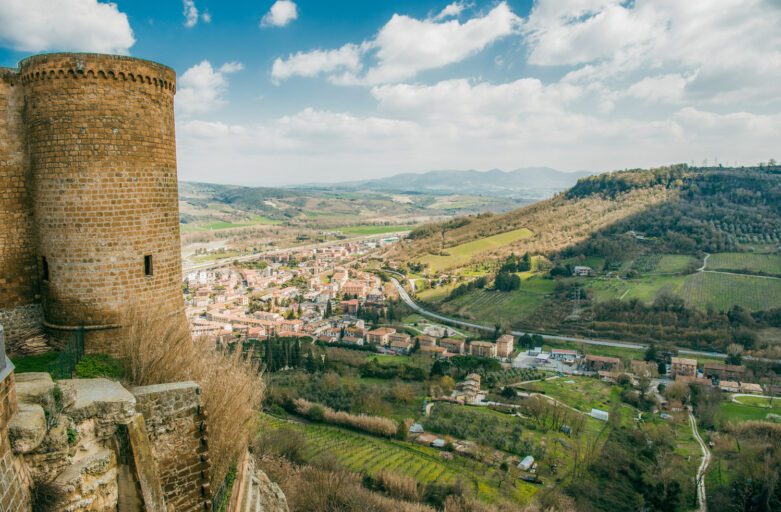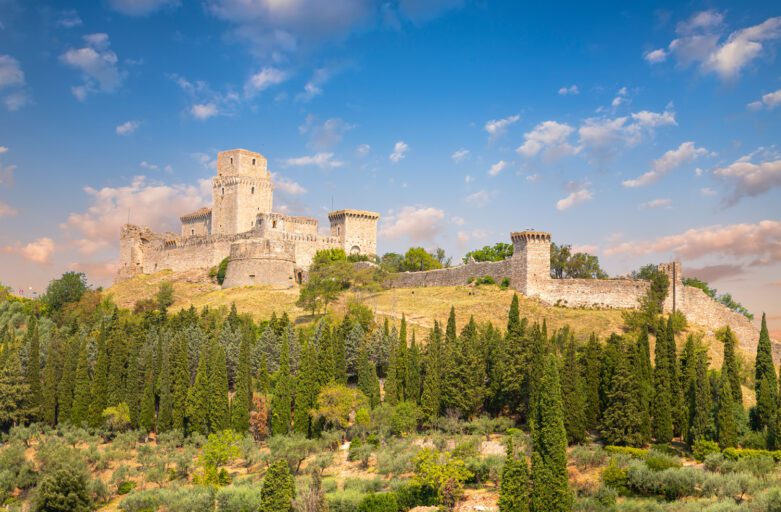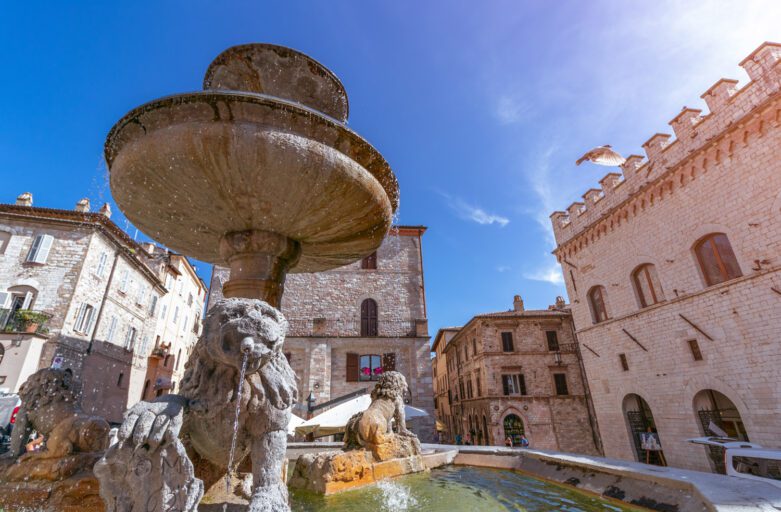From Freedom to Being Dominated
During the Middle Ages, Orvieto enjoyed a long period of welfare and independence as a “free Commune” – its rulers being autonomous from the Emperor, both politically and economically – in spite of the intestine clashes between the parties of Guelphs (who supported the Pope’s authority) and Ghibellines (who supported the Emperor). During the whole 13th century the town was a rich one, and organized itself through the basic communal institutions insofar as it was perfectly in a position to rule itself, control its own territory, and thrive.


